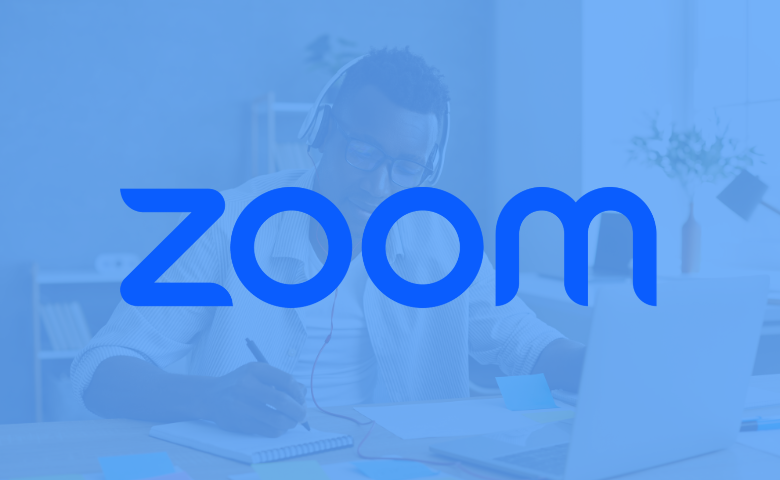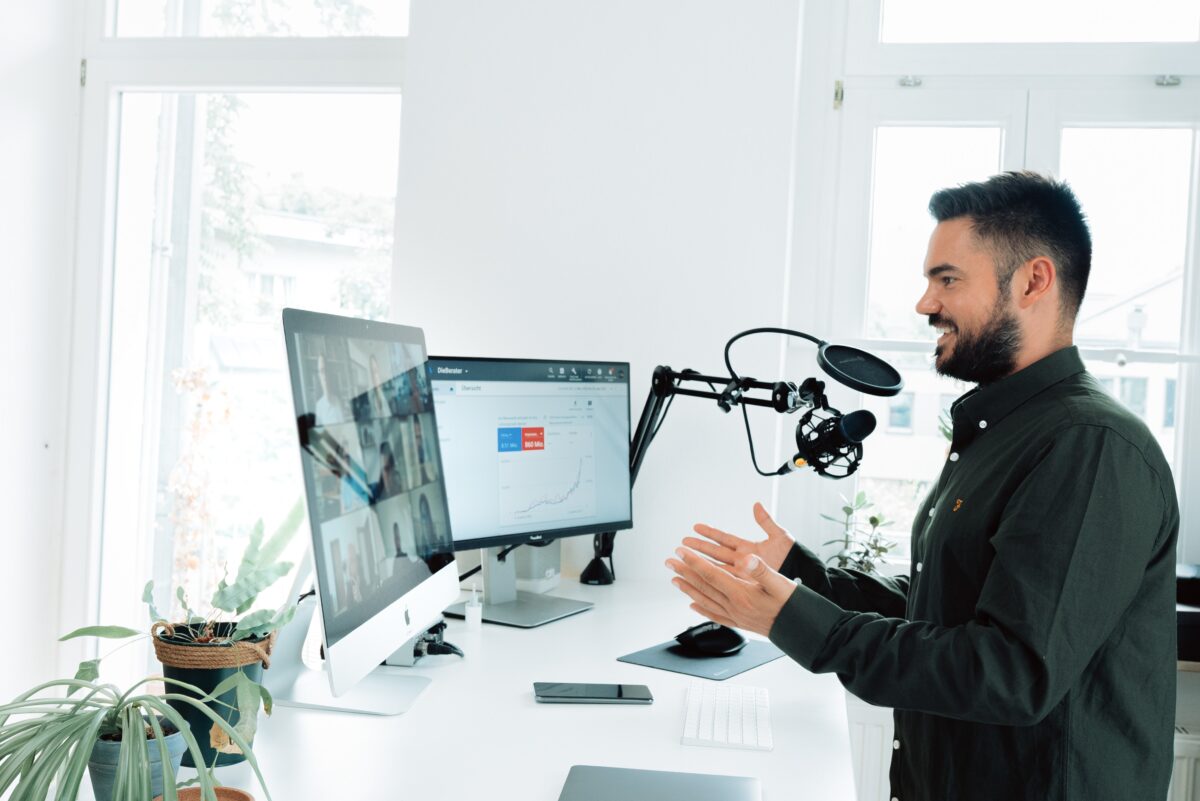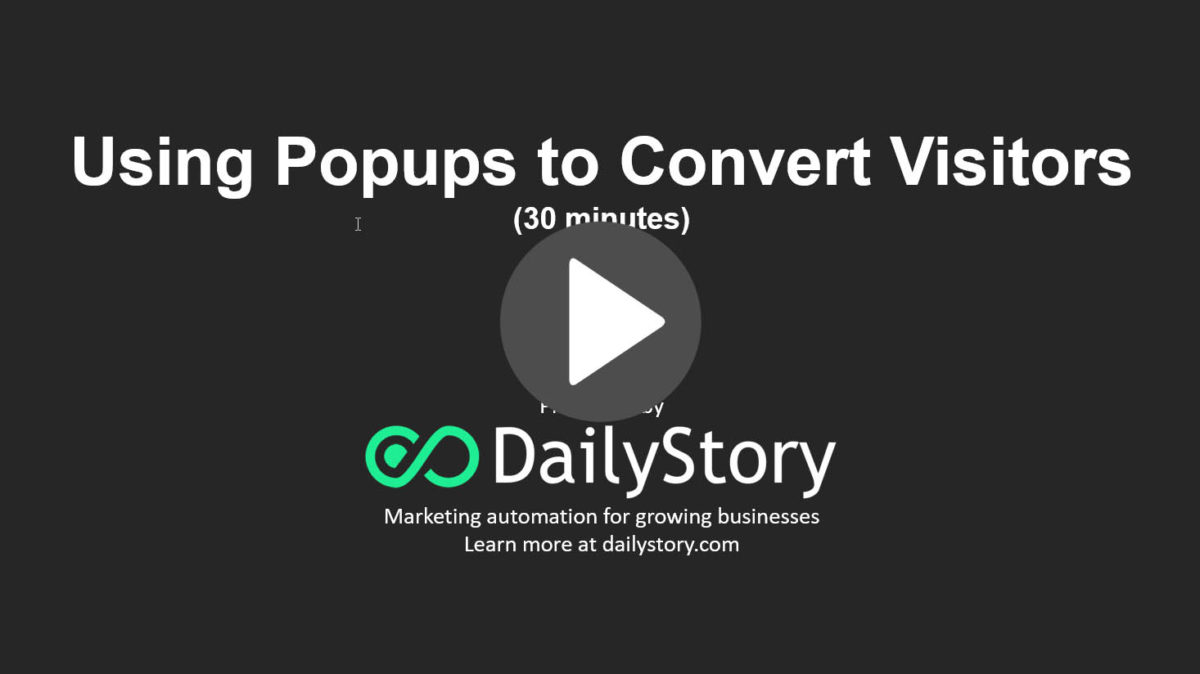A well-planned webinar email sequence is essential for maximizing attendance, engagement, and post-event conversions. By strategically crafting emails before, during, and after the webinar, you can ensure your audience stays informed and motivated. In this guide, we’ll walk you through each stage of a successful … Continue reading “Webinar email sequence: How to engage attendees before, during, and after”
6 ways to collect email addresses without a website
We’ve said it before: email marketing is a critical component of any overall digital marketing strategy. For every $1 you spend on email marketing, you can expect an average return of $42. Check out these 48 statistics that show the value of email marketing for … Continue reading “6 ways to collect email addresses without a website”
Automate Zoom webinar sign-up, reminders and follow-ups
Zoom makes it easy to set up a webinar and sign up attendees. However, Zoom doesn’t provide all the reminders and nurturing to ensure you maximize your webinar attendance. In this article we’ll detail how to automate a Zoom webinar. At DailyStory, we use Zoom … Continue reading “Automate Zoom webinar sign-up, reminders and follow-ups”
7 tips to plan a successful virtual event
While virtual events are relatively inexpensive compared with in-person events, that doesn’t make them any easier to plan and host. Virtual events are online events that happen on such platforms as Instagram, Facebook, Zoom, Twitter/X, and Clubhouse, just to name a few. In addition, there … Continue reading “7 tips to plan a successful virtual event”
Which is better? Live or pre-recorded webinars
Including webinars into your digital marketing strategy opens up what’s possible when connecting individuals anywhere in the world. Many companies lean toward webinars because they can be more productive and offer a greater reach than in-person seminars. A webinar is essentially an online presentation given … Continue reading “Which is better? Live or pre-recorded webinars”
12 expert tips to host your first webinar
Webinars are only growing in popularity. About 60 percent of marketers use webinars as a content marketing tool. They help increase the understanding of your products and services by about 74 percent. And as a form of premium content, webinars can help you generate and … Continue reading “12 expert tips to host your first webinar”







